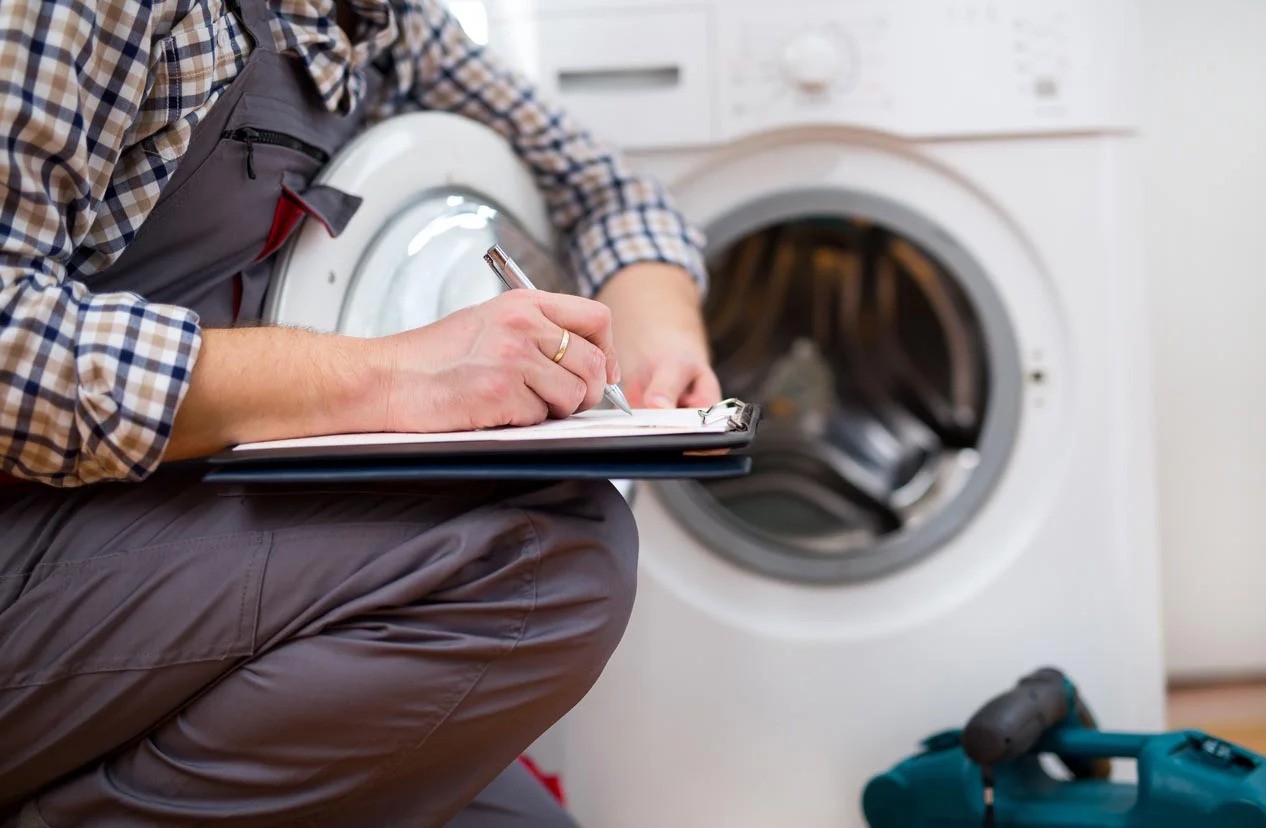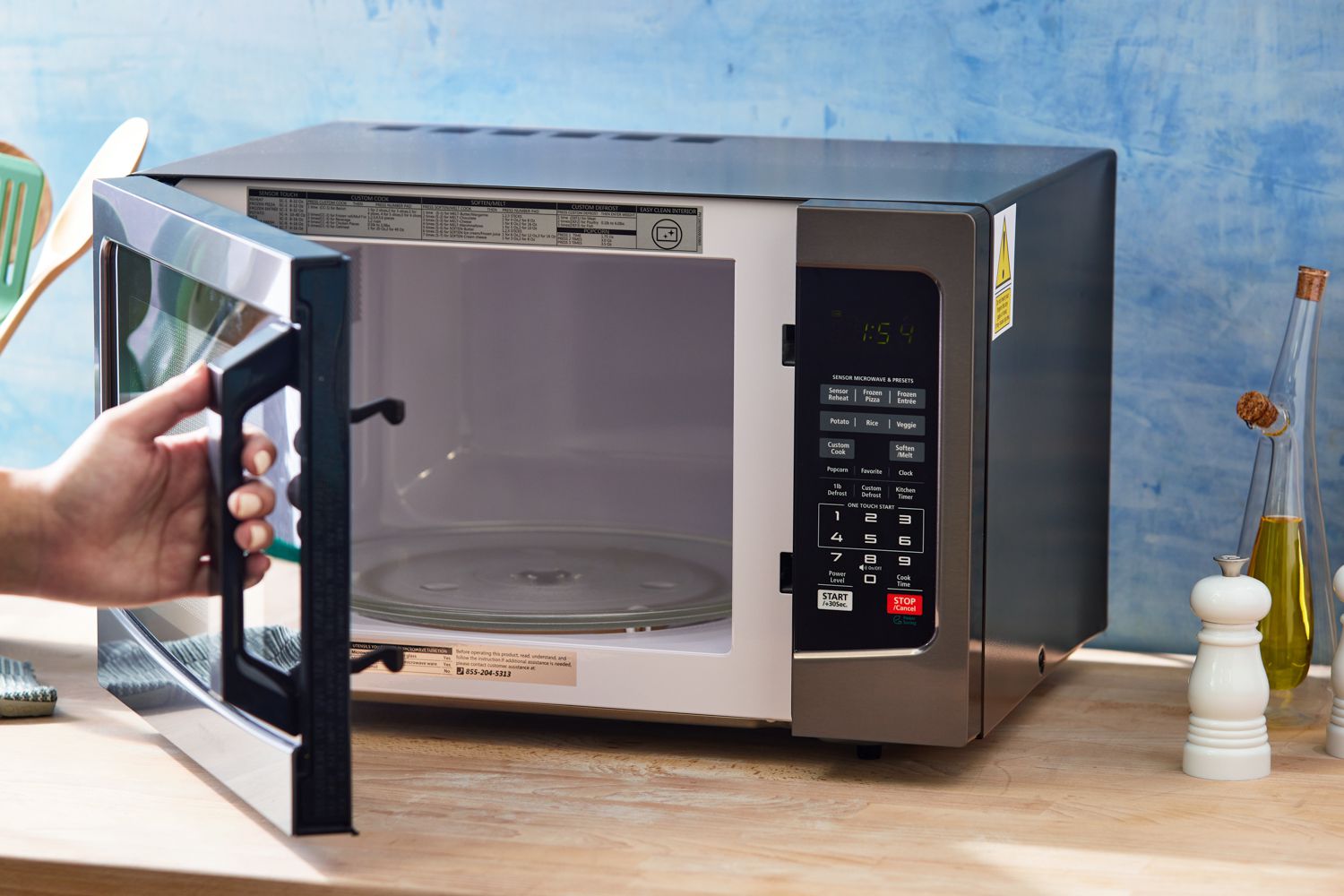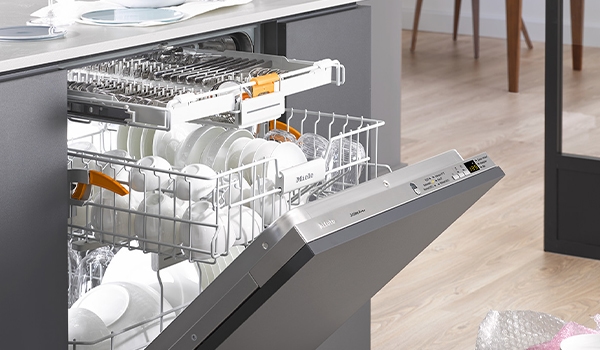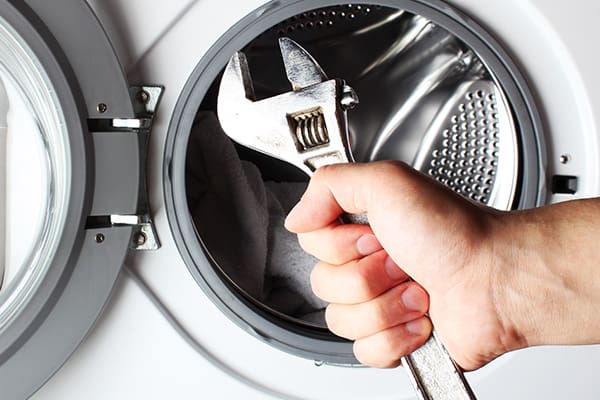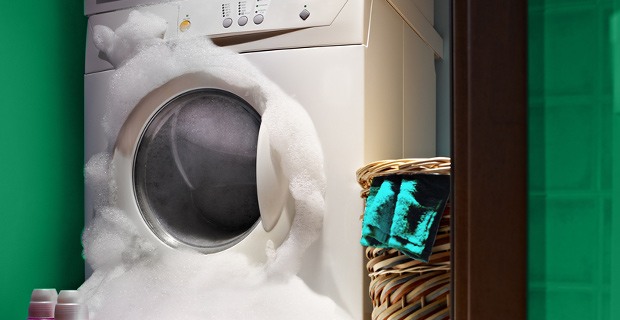The Cost of Appliance Repair: What to Expect
Navigating the world of appliance repairs can be daunting, especially when considering the costs involved. Knowing how to effectively manage these expenses is essential for any homeowner looking to maintain their appliances without breaking the bank. This guide will explore various strategies to minimize repair costs, from understanding warranty coverage and assessing repair versus replacement to practical DIY fixes and choosing the right repair service. With the right approach, you can extend the life of your appliances and achieve significant savings on repair costs, ensuring your household runs smoothly and efficiently.
Understanding Appliance Repair Cost: An Overview
Appliance repair costs can vary widely, influenced by several key factors. Here’s a breakdown to introduce this complex topic:
Type of Appliance: Different appliances have varying repair costs. For example, repairing a refrigerator or HVAC system is typically more expensive than fixing smaller appliances like microwaves or toasters due to the complexity and the components involved.
Severity of the Issue: Minor repairs, such as replacing a belt in a dryer, are usually less costly compared to more significant issues like fixing a compressor in a refrigerator. The nature and severity of the malfunction play a critical role in determining the repair cost.
Brand and Model: High-end or luxury appliance brands often have higher repair costs due to the price of replacement parts and the specialized knowledge required for these specific models.
Service Fees: Most appliance repair services charge a baseline service fee for visiting your home and diagnosing the problem. This fee can be included in the total repair cost if you decide to proceed with the service.
Parts and Labor: The cost of replacement parts and the labor required to complete the repair are significant factors. Labor costs can vary depending on the technician’s experience and the time needed to fix the issue.
Geographic Location: Repair costs can also be influenced by where you live, with prices typically higher in urban areas compared to rural locations.
Understanding these factors provides a solid foundation for navigating the world of appliance repair costs. It helps homeowners gauge what to expect financially when their appliances break down and need professional attention.
Common Factors Affecting Appliance Repair Cost
Common Factors Affecting Appliance Repair Cost" further explores the nuances influencing how much you might spend on fixing a home appliance. These elements are crucial for homeowners to understand as they navigate the repair process:
Type of Appliance
The appliance's nature significantly impacts repair costs. For instance, simple appliances like microwaves or blenders typically incur lower repair costs than complex machines like washing machines, dishwashers, or refrigerators. The complexity, size, and the technology used in the appliance dictate the effort and time required for repair, influencing the cost.
Severity of the Issue
The extent of the malfunction affects repair costs dramatically. Minor issues, such as replacing a worn-out gasket or a faulty thermostat, are generally less expensive. In contrast, major problems, such as repairing a motor, fixing a leak in a refrigerator's cooling system, or addressing major electrical faults, require more time, expertise, and expensive parts, all of which drive up the cost.
Brand and Model Specifics
High-end, luxury, or imported appliance brands often have higher repair costs due to the availability, cost of replacement parts, and the specialized knowledge required to repair them. Some brands also require the use of proprietary tools or software for diagnostics and repairs, which can add to the expense.
Warranty Status
The appliance's warranty status can also influence repair costs. If an appliance is still under manufacturer's warranty or an extended warranty, some or all of the repair costs may be covered. However, it's important to check the warranty terms, as certain repairs might not be included, or specific conditions may apply.
Geographic Location
Location plays a role in repair costs. Labor rates can vary significantly from one region to another, with urban areas often having higher rates than rural areas. Additionally, the availability of repair services and parts can also affect costs, with some locations having limited options, leading to higher charges due to demand and supply dynamics.
Understanding these common factors helps homeowners anticipate potential costs and make informed decisions when facing appliance repairs. It also underscores the importance of regular maintenance to prevent severe issues and the value of considering the total cost of ownership when purchasing new appliances.
Labor and Parts: Breaking Down the Cost of Appliance Repair
This parts examines two of the most significant contributors to the overall expense of fixing an appliance: the cost of labor and the price of replacement parts. Understanding these elements is essential for homeowners to grasp the full financial scope of appliance repair.
Labor Charges
Labor costs account for a considerable portion of appliance repair expenses. These charges are based on the time and expertise required to diagnose, repair, or replace faulty components in an appliance. Factors influencing labor rates include:
Technician’s Expertise: Skilled and experienced technicians typically command higher rates due to their ability to diagnose and fix problems more efficiently and effectively.
Job Complexity: More complex repairs, such as dismantling an appliance to reach a problematic part, will take more time and increase labor costs.
Service Speed: Emergency or same-day service often incurs premium charges.
Labor costs can vary widely by location and the specific service provider, with urban areas usually having higher rates due to increased living and business operating costs.
Cost of Parts
The price of replacement parts is another major factor in the total repair cost. This cost varies based on:
Appliance Type and Model: Some appliances or models have more expensive parts, especially if they are high-end, specialized, or imported.
Part Availability: Common parts may be cheaper and more readily available, while rare or out-of-production parts can be more expensive due to scarcity.
New vs. Refurbished: New parts are generally more costly than refurbished or generic ones, but they usually come with a warranty and can offer better quality and reliability.
The Interplay of Labor and Parts
The total repair cost is a combination of labor and parts. A repair may require inexpensive parts but extensive labor, or vice versa. Therefore, when evaluating repair quotes, it’s important to consider both aspects. Sometimes, the cost of parts and labor combined can approach or exceed the value of replacing the appliance, leading to a critical decision point for the homeowner.
Understanding the dynamics of labor and parts costs helps homeowners make more informed decisions regarding appliance repairs, weighing the cost-effectiveness of repairing versus replacing an appliance based on these significant expense factors.
How to Get an Accurate Estimate for Appliance Repair
Accurate Estimate for Appliance Repair is crucial for homeowners looking to manage their expenses wisely while ensuring their appliances receive the necessary repairs. Here’s how to navigate the process of obtaining and understanding repair quotes:
1. Provide Detailed Information
To receive an accurate estimate, you need to give the repair service as much detail as possible about the appliance and the issue:
Appliance type, brand, model, and age: This information helps the technician determine the potential cost of parts and the complexity of the repair.
Detailed description of the problem: Note any error codes, unusual noises, or behaviors. The more specific you are, the better the service can estimate the work needed.
2. Request Itemized Quotes
An itemized quote should separate the costs of labor, parts, and any service fees. This breakdown helps you understand exactly what you are paying for and facilitates comparison between different service providers.
3. Compare Multiple Estimates
Getting estimates from several repair services can give you a sense of the average cost and help you find the best value. However, be wary of quotes that are significantly lower than others, as they may not include all necessary work or could indicate a lack of experience.
4. Check for Hidden Fees
Ask about potential additional costs, such as charges for emergency service, transportation, or after-hours work, to avoid surprises on the final bill.
5. Verify Credibility and Experience
Ensure the estimate is from a reputable and experienced service provider. Check reviews, ratings, and certifications to confirm their reliability and the quality of their work.
6. Understand Warranty and Guarantee Policies
Find out what guarantees the service offers on their work and the parts replaced. A good warranty can provide value and protection for your repair investment.
By following these steps, homeowners can obtain and comprehend accurate estimates for appliance repairs, allowing them to budget appropriately and choose a service provider that offers the best balance of cost, reliability, and quality.
Saving on Appliance Repair Costs: Tips and Tricks
Saving on appliance repair costs is about being proactive, well-informed, and strategic in how you manage appliance maintenance and repairs. Here are some effective tips and tricks to help you reduce these expenses:
1. Practice Preventative Maintenance
Regularly maintaining your appliances can prevent costly breakdowns. Clean filters, check hoses, and follow the manufacturer’s maintenance guidelines to keep appliances running efficiently.
2. Know When to DIY
For simple repairs, such as replacing a worn belt in a dryer or changing a refrigerator's water filter, consider doing it yourself. Use reliable resources like manufacturer manuals or instructional videos to guide you.
3. Shop Around for Repair Services
Get multiple estimates from reputable appliance repair services to compare costs. This will help you find the best deal and avoid overpaying for repairs.
4. Understand Your Appliance’s Warranty
Check if your appliance is still under warranty, as this could cover some or all of the repair costs. Make sure to use authorized repair services to keep the warranty valid.
5. Evaluate Repair Versus Replacement Costs
Consider the age and condition of the appliance. If the cost of repair is more than half the cost of a new appliance, it might be more economical to replace it.
6. Use Quality Parts
Opt for high-quality or OEM (Original Equipment Manufacturer) parts for repairs. They might be more expensive upfront but can save money in the long run by lasting longer and preventing further issues.
7. Negotiate Prices
Don’t hesitate to negotiate with repair technicians. Some may offer discounts or match competitors' prices.
By adopting these strategies, you can significantly reduce the costs associated with appliance repairs while ensuring that your appliances remain in good working condition.


